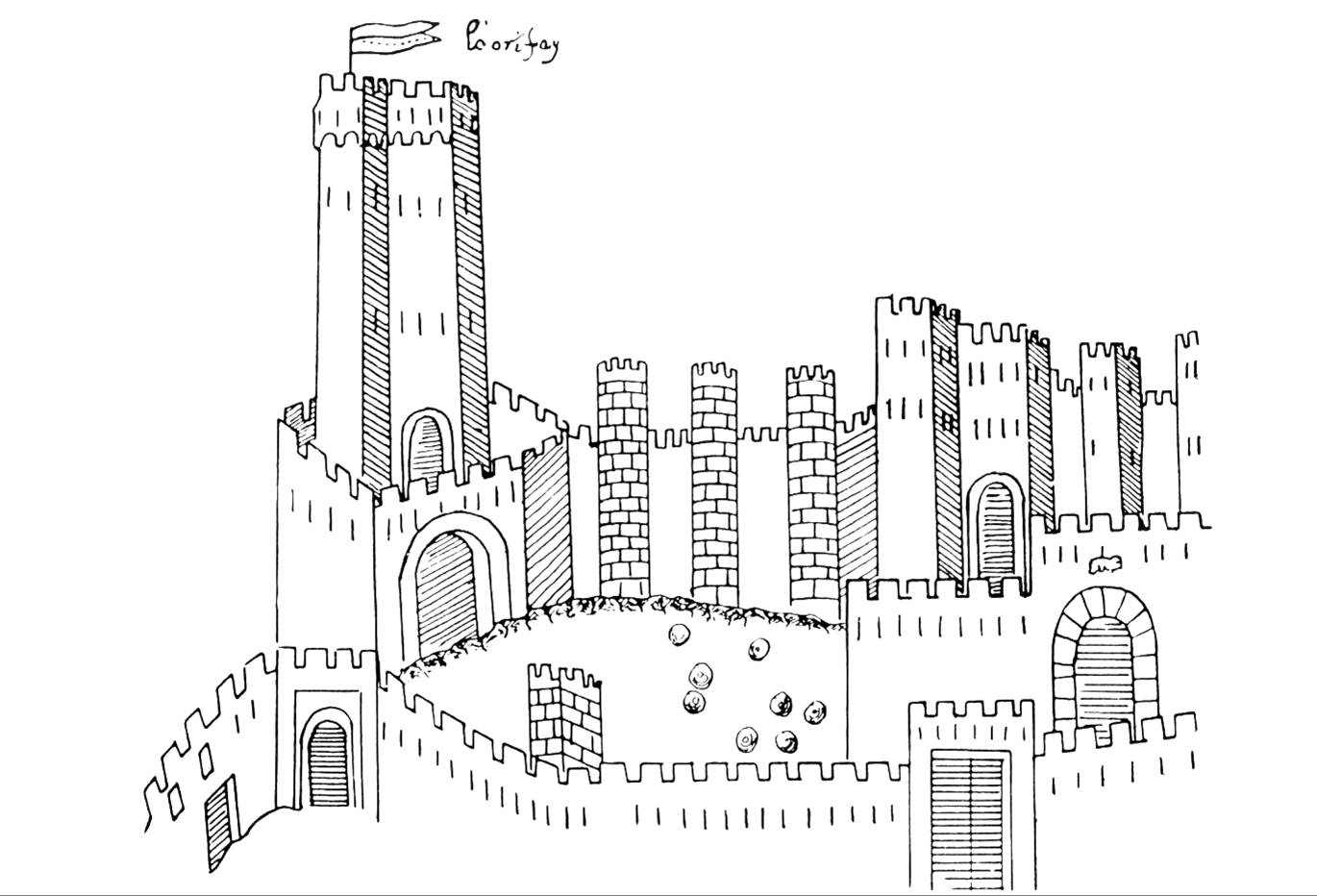Sculture asturiane del IX secolo
Abstract
Nell’arte asturiana si possono determinare tre di"erenti epoche. Il secondo periodo, il più originale, si de!nisce “ramirense”, perché le sue opere maestre furono erette per conto di Ramiro I. Quando egli fu incoronato, il regno asturiano era giunto a una maturità che gli permise grandi imprese artistiche. Il nuovo stile architettonico è rappresentato da due edi!ci ancora oggi conservati: il palazzo di Santa María de Naranco e la chiesa palatina di San Miguel de Liño, entrambe situate a pochi chilometri da Oviedo, sul monte Naranco. Anche la chiesa di Santa Cristina de Lena, nella regione di Lena, è collegata all’arte ramirense, ma la maggioranza degli autori la attribuisce al periodo di Ordoño I. La decorazione scultorea occupa un posto importante in questi monumenti.
In Asturian art we can determine three different epochs. The second period, the most original, it is called "Ramirense", because its masterpieces were built for Ramiro I. When he was crowned, the kingdom of Asturias had achieved a maturity which permitted it to embark on great artistic enterprises. The new architectural style is represented by two buildings still conserved today: the Santa María de Naranco palace and the San Miguel de Liño palatine church, both situated a few kilometres from Oviedo on the mount Naranco. The Santa Cristina de Lena church, in the region of Lena, is also linked to the ramirense art, but the majority of the authors attribute it to the period of Ordoño. Sculptural decoration occupies an important place in these monuments.



